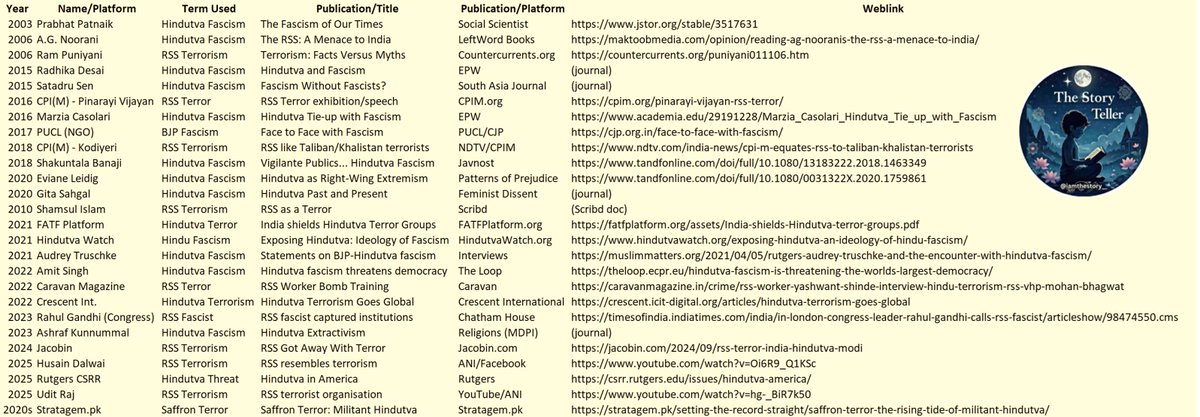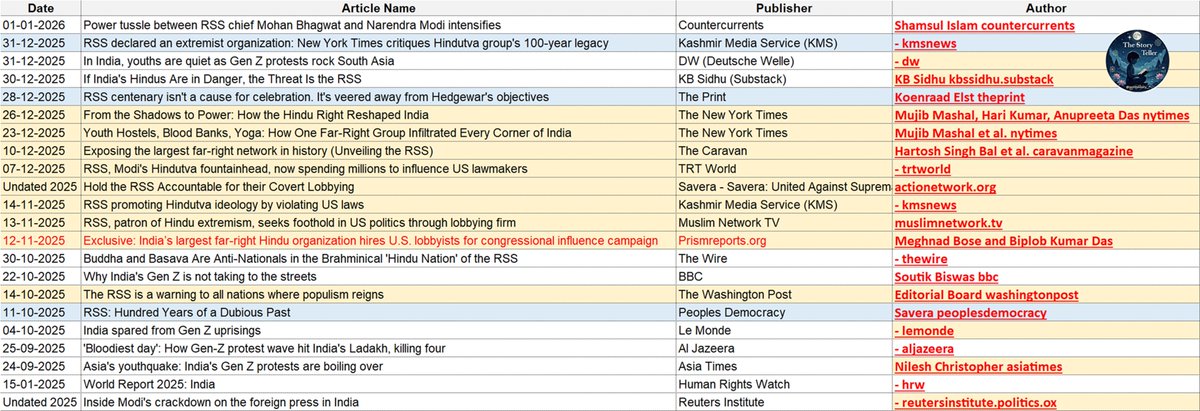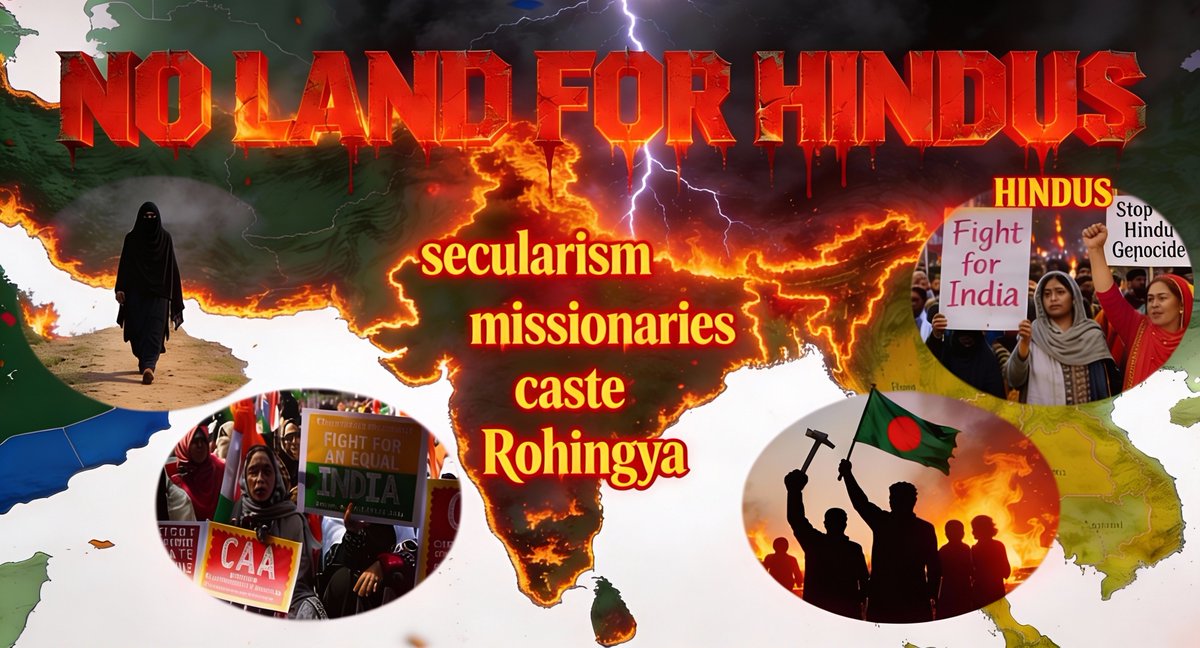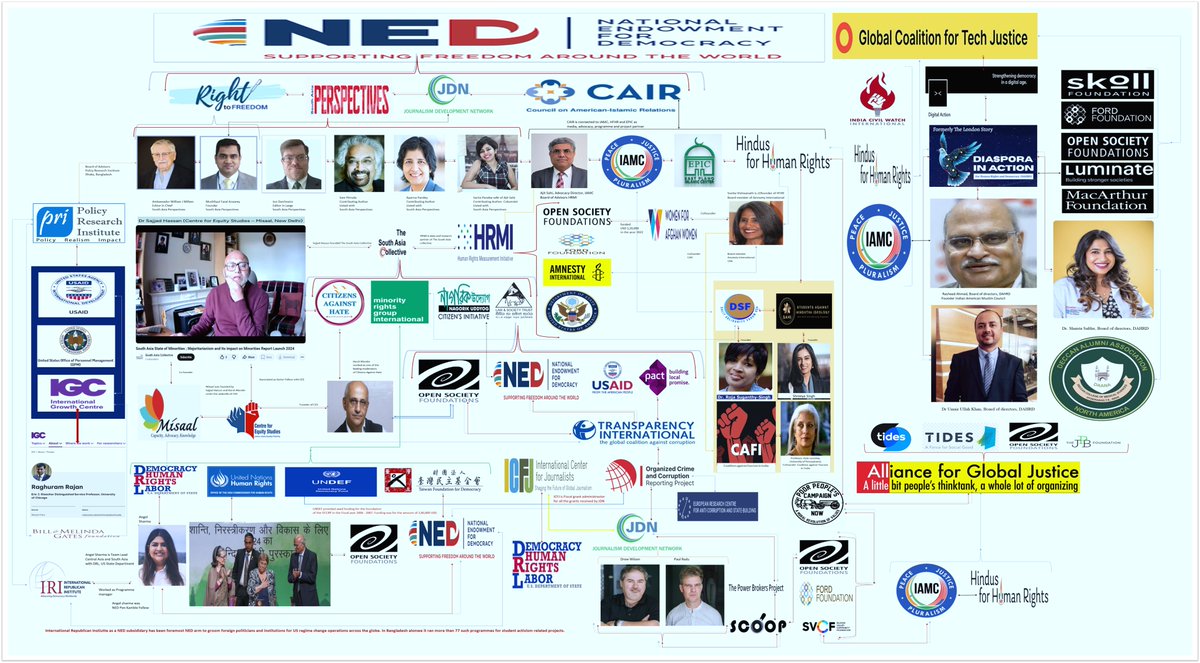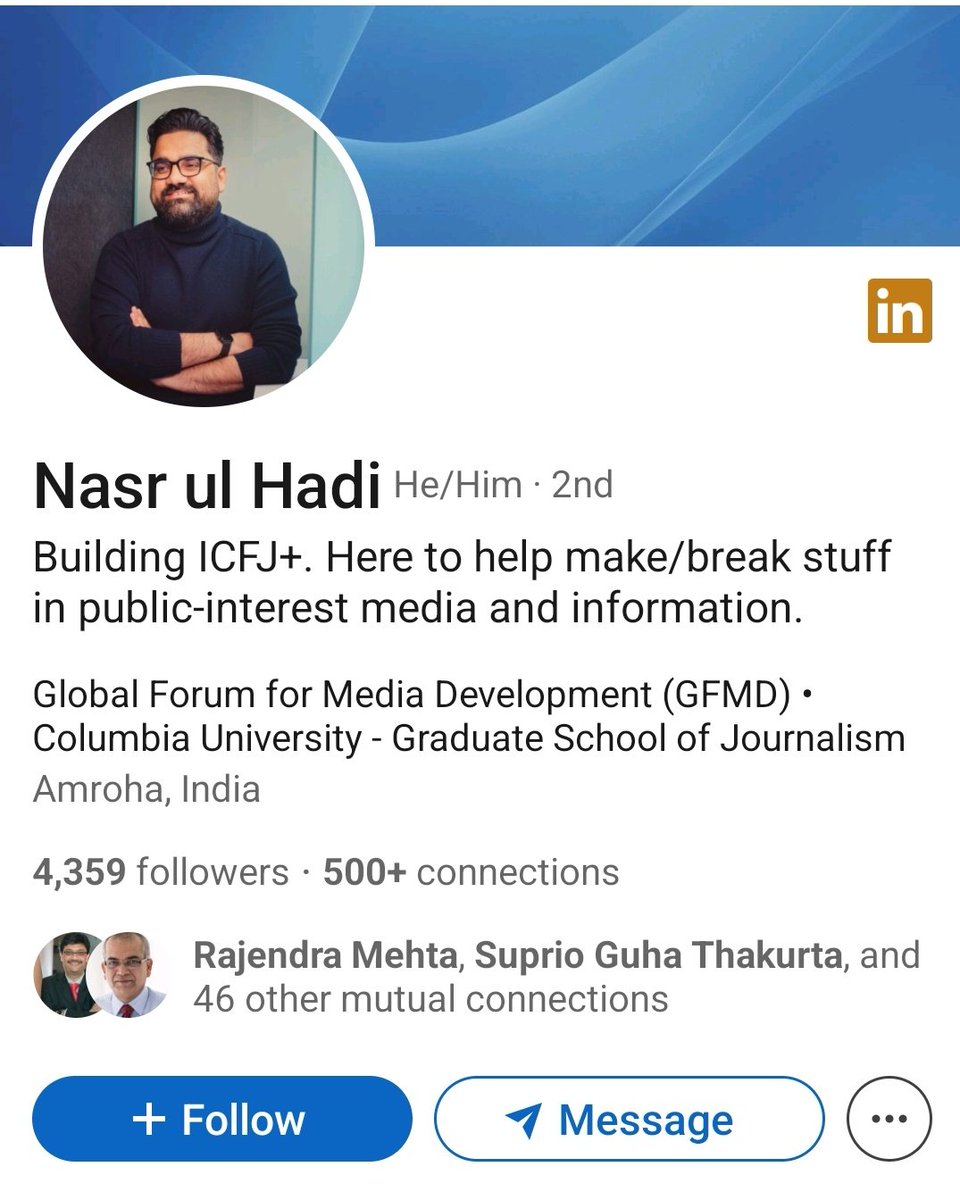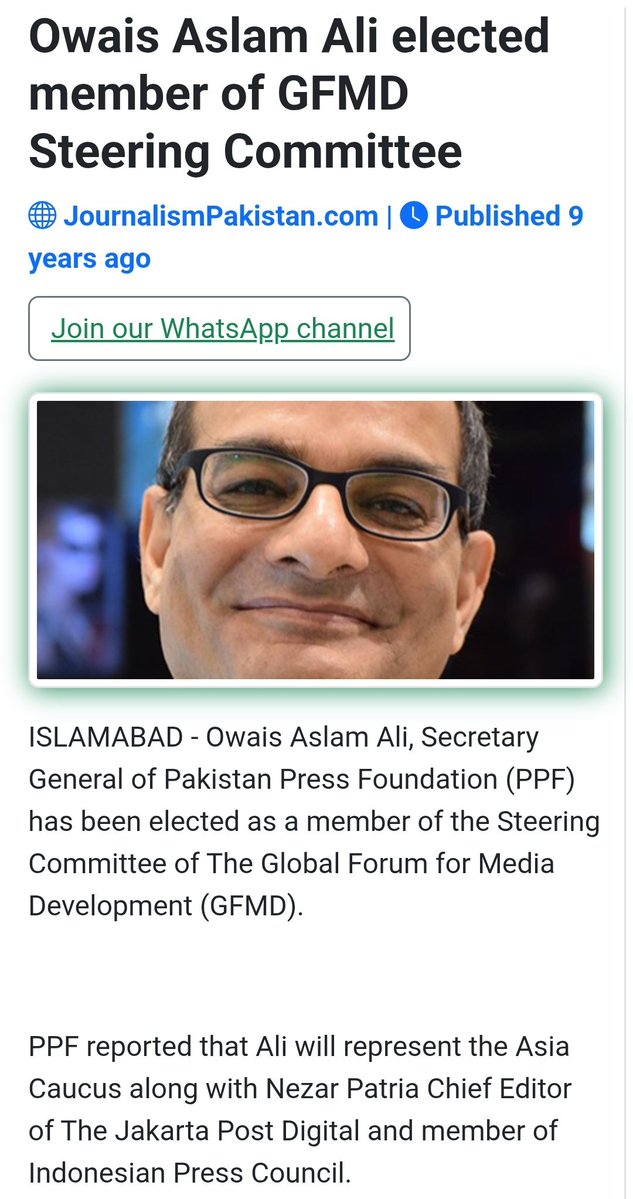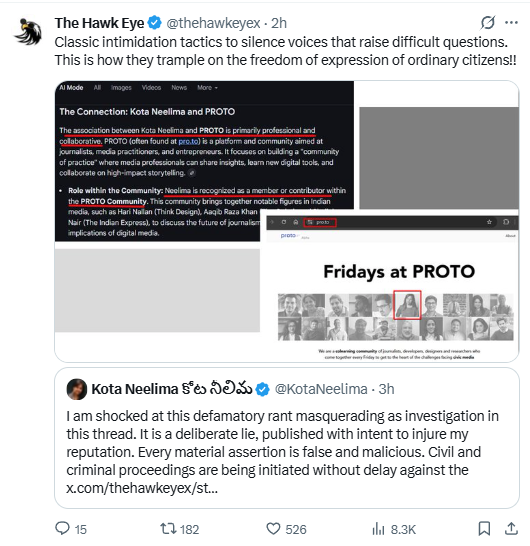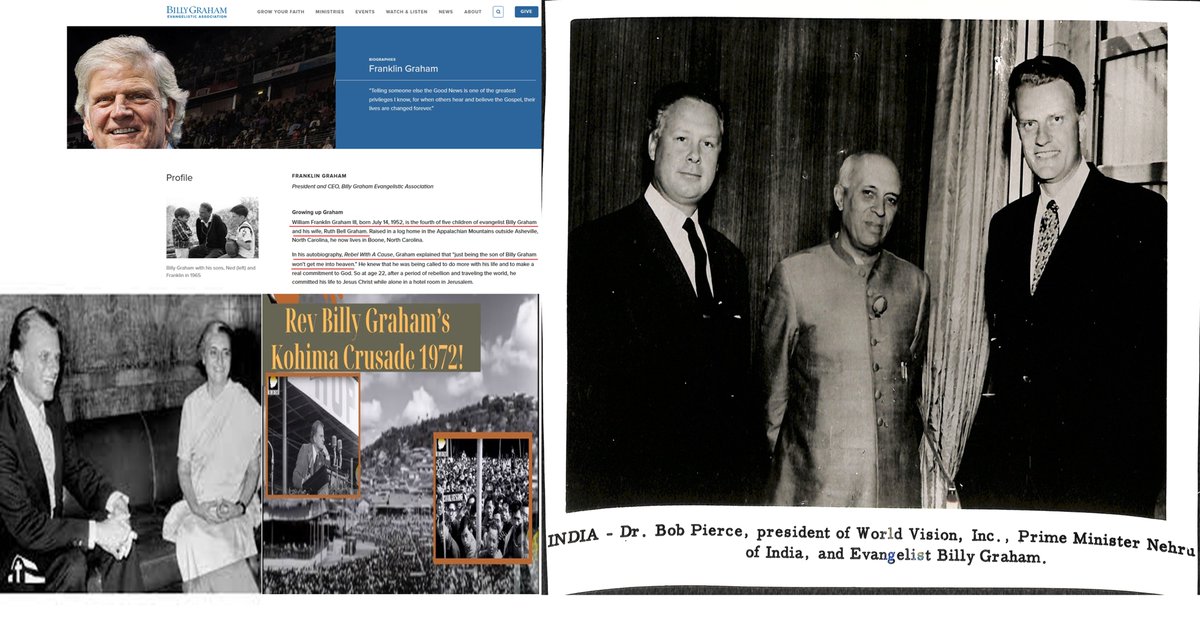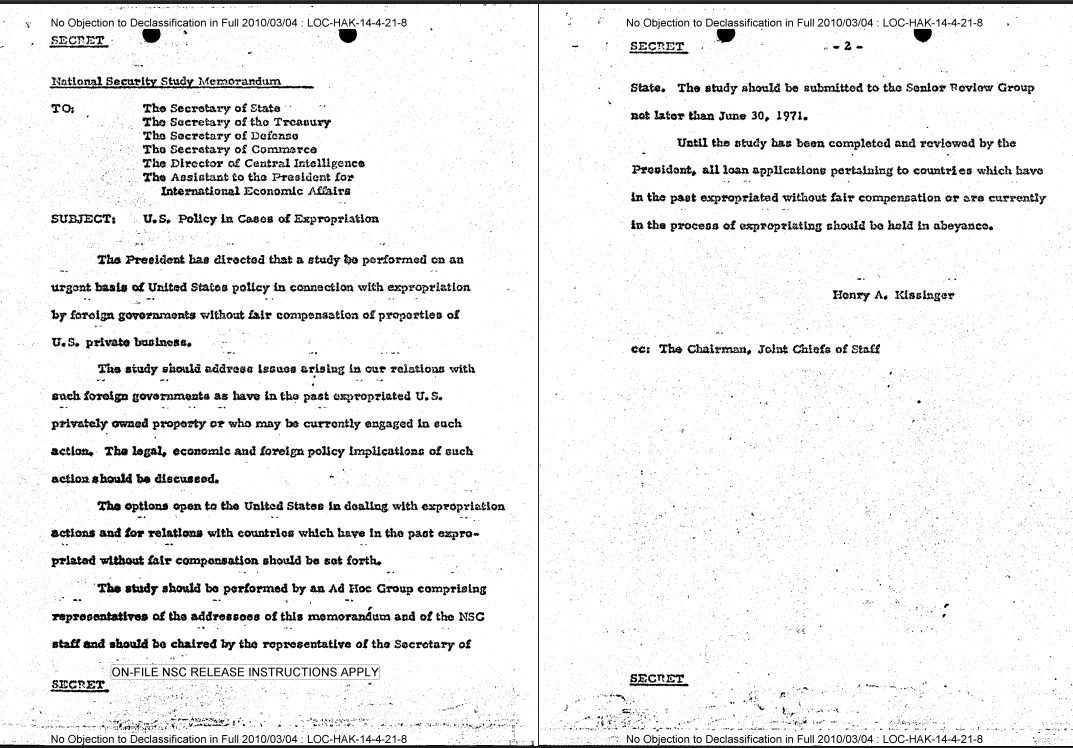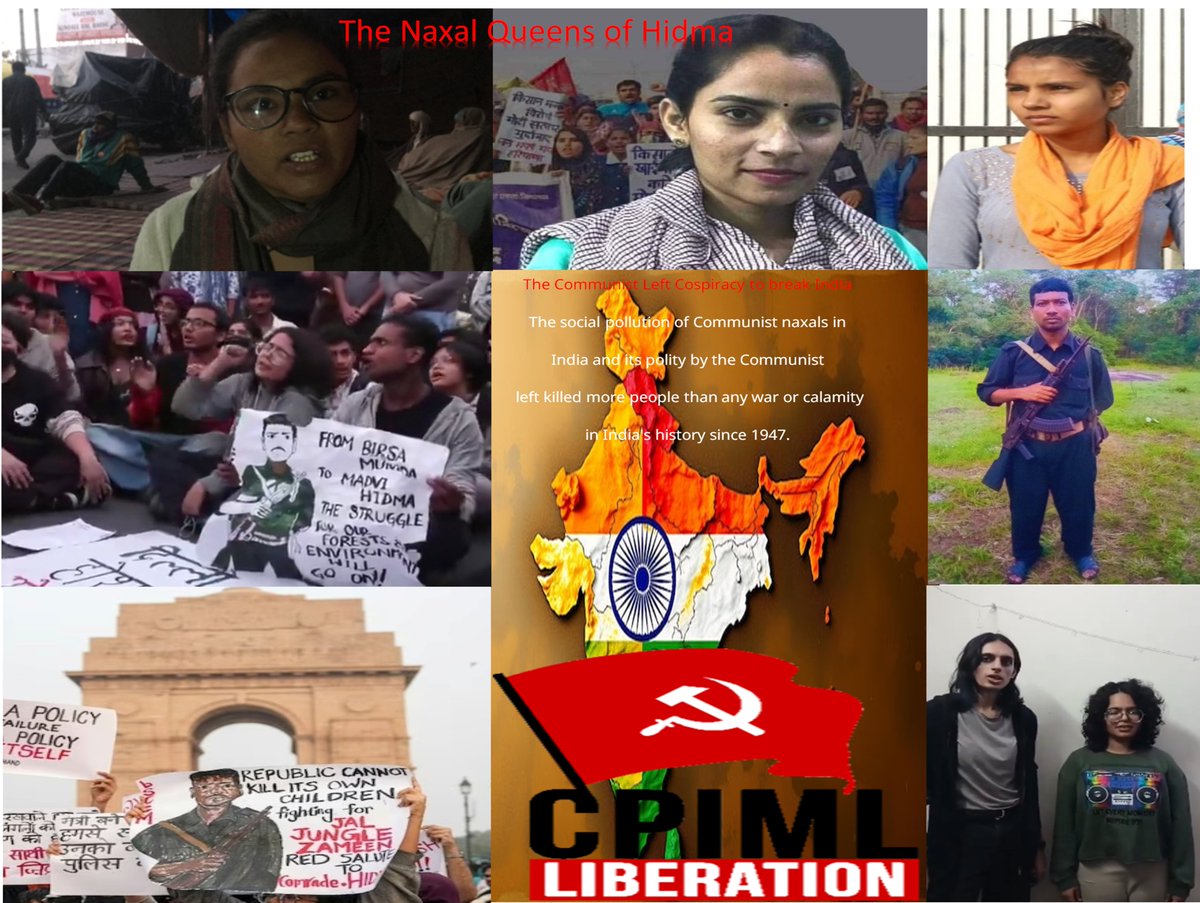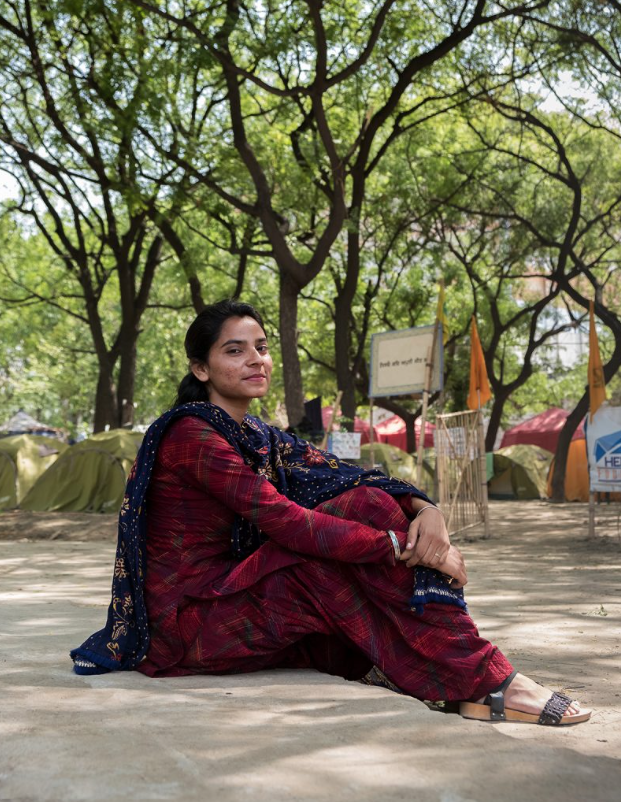Project - Bluebird
CIA's first Project in collaboration with Nazi scientists (Imported Under Operation Paperclip)
To create amnesia, new identities, hypnotic access codes, and new memories for mind control
#Thread
#CIA #Nazi #MindControl #USA twitter.com/i/web/status/1…
CIA's first Project in collaboration with Nazi scientists (Imported Under Operation Paperclip)
To create amnesia, new identities, hypnotic access codes, and new memories for mind control
#Thread
#CIA #Nazi #MindControl #USA twitter.com/i/web/status/1…
1. The Oriental "Xi Nao"
Journalist Edward Hunter wrote an article “Brain-washing Tactics Force Chinese Into Ranks of Communist Party,” in the Miami Daily News in September 1950. In this article, Edward Hunter described how Mao Zedong’s Red Army was using ancient techniques to… twitter.com/i/web/status/1…
Journalist Edward Hunter wrote an article “Brain-washing Tactics Force Chinese Into Ranks of Communist Party,” in the Miami Daily News in September 1950. In this article, Edward Hunter described how Mao Zedong’s Red Army was using ancient techniques to… twitter.com/i/web/status/1…

2. FEAR never lets you see anything CLEAR
In 1946 the U.S. Chamber of Commerce was so worried about the spread of Communism that it proposed removing liberals, socialists, and communists from places like schools, libraries, newspapers, and entertainment. Edward Hunter’s article… twitter.com/i/web/status/1…
In 1946 the U.S. Chamber of Commerce was so worried about the spread of Communism that it proposed removing liberals, socialists, and communists from places like schools, libraries, newspapers, and entertainment. Edward Hunter’s article… twitter.com/i/web/status/1…

3. "The Manchurian Candidate"
Till 1945 "Mind Control was just another fad in the American lingo, but all of a sudden US Army started finding something strange in the behavioral analysis of GIs. Some of them refused repatriation back to the USA after being held POW by the… twitter.com/i/web/status/1…
Till 1945 "Mind Control was just another fad in the American lingo, but all of a sudden US Army started finding something strange in the behavioral analysis of GIs. Some of them refused repatriation back to the USA after being held POW by the… twitter.com/i/web/status/1…

4. Project Blue Bird Launched
BLUEBIRD was the first structured comprehensive, integrated CIA mind control project involving both domestic and overseas covert activities designed to study enemy techniques and test them on selected individuals, including “potential intelligence… twitter.com/i/web/status/1…
BLUEBIRD was the first structured comprehensive, integrated CIA mind control project involving both domestic and overseas covert activities designed to study enemy techniques and test them on selected individuals, including “potential intelligence… twitter.com/i/web/status/1…

5. "Psycho" was invented
The BlueBird project research was mainly on LSD, hypnosis, trauma-based mind control (with veterans of the Korean War), and dissociation. The main locations were Walter Reed Army Hospital in Bethesda Maryland (Walter Reed was educated at Bellevue Hospital… twitter.com/i/web/status/1…
The BlueBird project research was mainly on LSD, hypnosis, trauma-based mind control (with veterans of the Korean War), and dissociation. The main locations were Walter Reed Army Hospital in Bethesda Maryland (Walter Reed was educated at Bellevue Hospital… twitter.com/i/web/status/1…

6. "NAZI Backdoor Gymnastics"
Walter Reed National Medical Center was the location where nazi Theodor Benzinger (research on breathing physiology at the Physiological Institute of the University of Göttingen, transferred to Randolph Air Force Base through Operation Paperclip),… twitter.com/i/web/status/1…
Walter Reed National Medical Center was the location where nazi Theodor Benzinger (research on breathing physiology at the Physiological Institute of the University of Göttingen, transferred to Randolph Air Force Base through Operation Paperclip),… twitter.com/i/web/status/1…

7. The bluebird symbolizes the Egyptian god Horus (in Greek Harpocrates, from 1904 the Aeon of Horus started, with Crowley as its prophet). The Blue Bird was a play by Belgian Symbolist Maurice Maeterlinck (Jesuit). Jan Peerce (Radio City Hall) recorded the single Blue Bird of… twitter.com/i/web/status/1… 



8. Devil's List
In a 1951 memo, Bluebird states that practical research was to be conducted to include these specific problems:
1. Can we create by post-H [hypnotic] control an action contrary to an individual’s basic moral principle
2. Can we, in an hour, two hours, one day,… twitter.com/i/web/status/1…



In a 1951 memo, Bluebird states that practical research was to be conducted to include these specific problems:
1. Can we create by post-H [hypnotic] control an action contrary to an individual’s basic moral principle
2. Can we, in an hour, two hours, one day,… twitter.com/i/web/status/1…




9. We named the baby "CIA"
The Central Intelligence Agency’s Fact Book states the NSC (National Security Council) and the CIA were established under the provisions of the National Security Act of 1947. In December 1947, the NSC held its first meeting. James Forrestal, the… twitter.com/i/web/status/1…
The Central Intelligence Agency’s Fact Book states the NSC (National Security Council) and the CIA were established under the provisions of the National Security Act of 1947. In December 1947, the NSC held its first meeting. James Forrestal, the… twitter.com/i/web/status/1…

10. Devil's Advocate
CIA associated covert affiliates for their mind control program and they were:
George Estabrooks (Harvard), Milton Erickson (hypnosis, NLP), William Joseph Bryan (related to the Lehman family), Margaret Singer, and Russell Nelson (president of the Mormon… twitter.com/i/web/status/1…
CIA associated covert affiliates for their mind control program and they were:
George Estabrooks (Harvard), Milton Erickson (hypnosis, NLP), William Joseph Bryan (related to the Lehman family), Margaret Singer, and Russell Nelson (president of the Mormon… twitter.com/i/web/status/1…

11. "Baby Steps of the Devil"
As we saw previously that Project BlueBird was created on 20th April 1950. The next month the Korean War began. The same year CIA founded propaganda offices Congress for Cultural Freedom, and American Committee for Cultural Freedom (with Hollywood… twitter.com/i/web/status/1…
As we saw previously that Project BlueBird was created on 20th April 1950. The next month the Korean War began. The same year CIA founded propaganda offices Congress for Cultural Freedom, and American Committee for Cultural Freedom (with Hollywood… twitter.com/i/web/status/1…

12. When you poison your own
More than 10,000 Volunteer GIs of the US Army were subjected to various experiments like electric electrode implants, Uranium injections, LSD, Phenol injections, Hypnosis, Sleep, and Sensory deprivation to create perfect "Manchurian Candidates" which… twitter.com/i/web/status/1…
More than 10,000 Volunteer GIs of the US Army were subjected to various experiments like electric electrode implants, Uranium injections, LSD, Phenol injections, Hypnosis, Sleep, and Sensory deprivation to create perfect "Manchurian Candidates" which… twitter.com/i/web/status/1…
13. A small devil created a bigger devil
Operation BlueBird continued till 1952 and in the Year 1953 it was covered into something more sinister and hedonic "Project MKUltra".
#CIA #MindControl
Operation BlueBird continued till 1952 and in the Year 1953 it was covered into something more sinister and hedonic "Project MKUltra".
#CIA #MindControl
https://twitter.com/I_am_the_Story/status/1662131640909594624?s=20twitter.com/i/web/status/1…
14. Super Soldiers which never existed
The early 1950s marked the debut of the military’s studies into psychological torture, and instead of concluding the American soldiers needed rehabilitation, military directors came to a more ominous conclusion that the men were simply weak.… twitter.com/i/web/status/1…
The early 1950s marked the debut of the military’s studies into psychological torture, and instead of concluding the American soldiers needed rehabilitation, military directors came to a more ominous conclusion that the men were simply weak.… twitter.com/i/web/status/1…

15. Survival, Evasion, Resistance, and Escape (SERE) is now a requirement for graduation from the U.S. Army Special Forces Qualification Course. SERE is taught at Colonel James "Nick" Rowe Training compound at Camp Mackall, North Carolina. It is considered by many to be the most… twitter.com/i/web/status/1…
• • •
Missing some Tweet in this thread? You can try to
force a refresh



